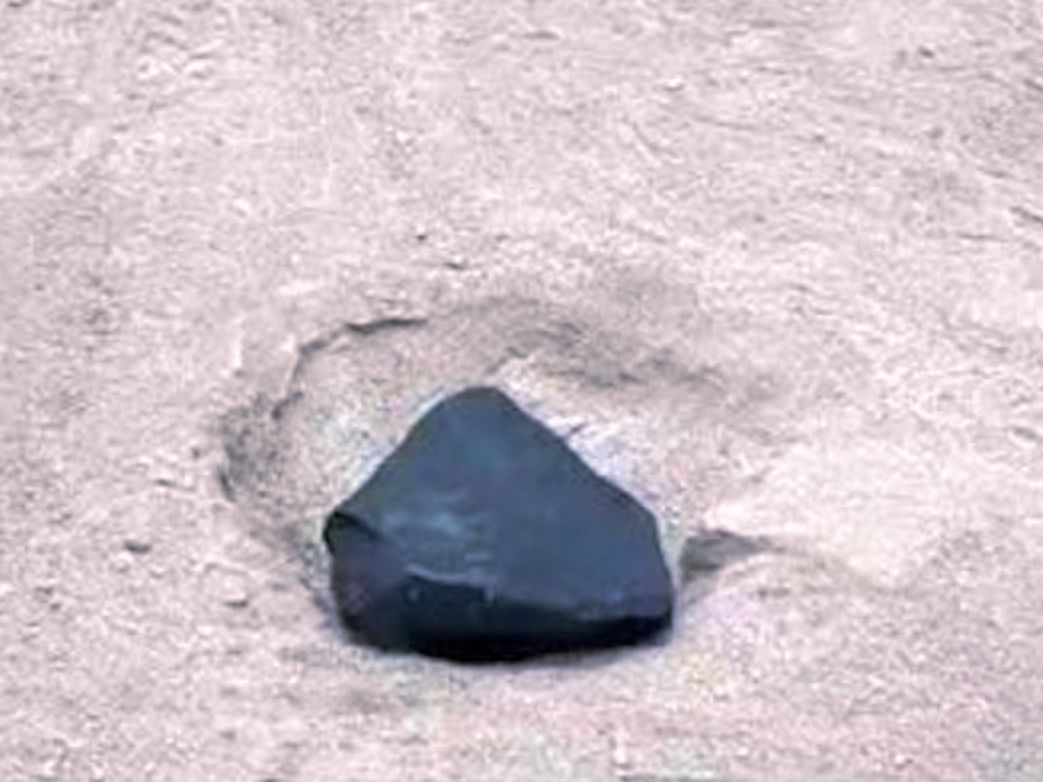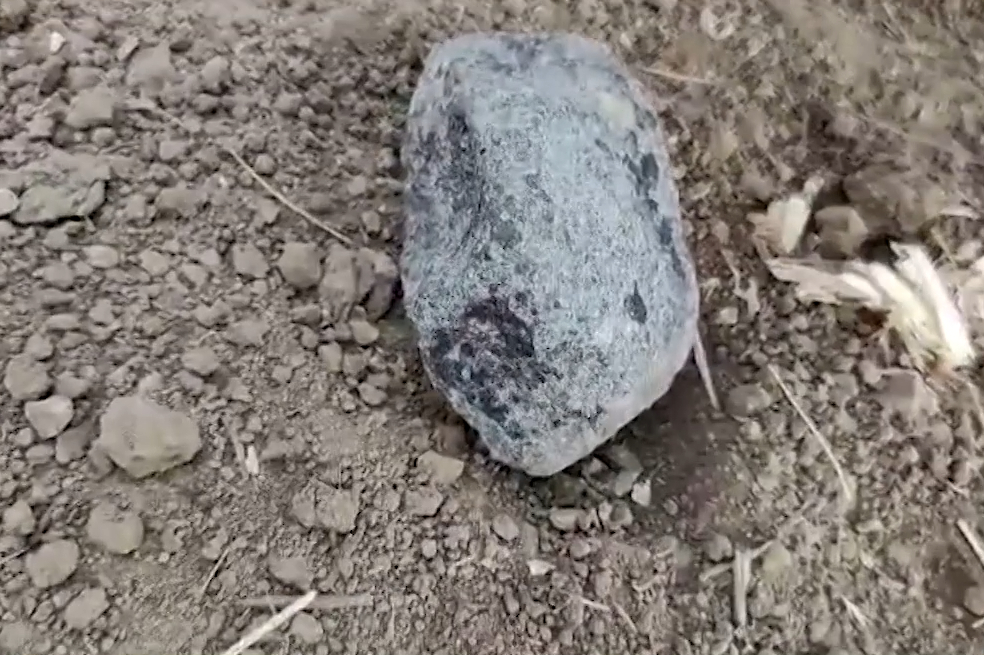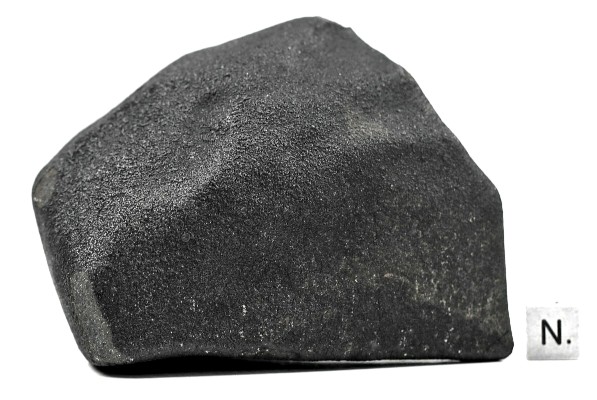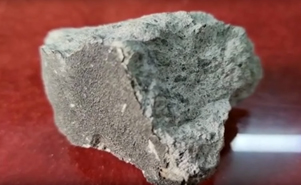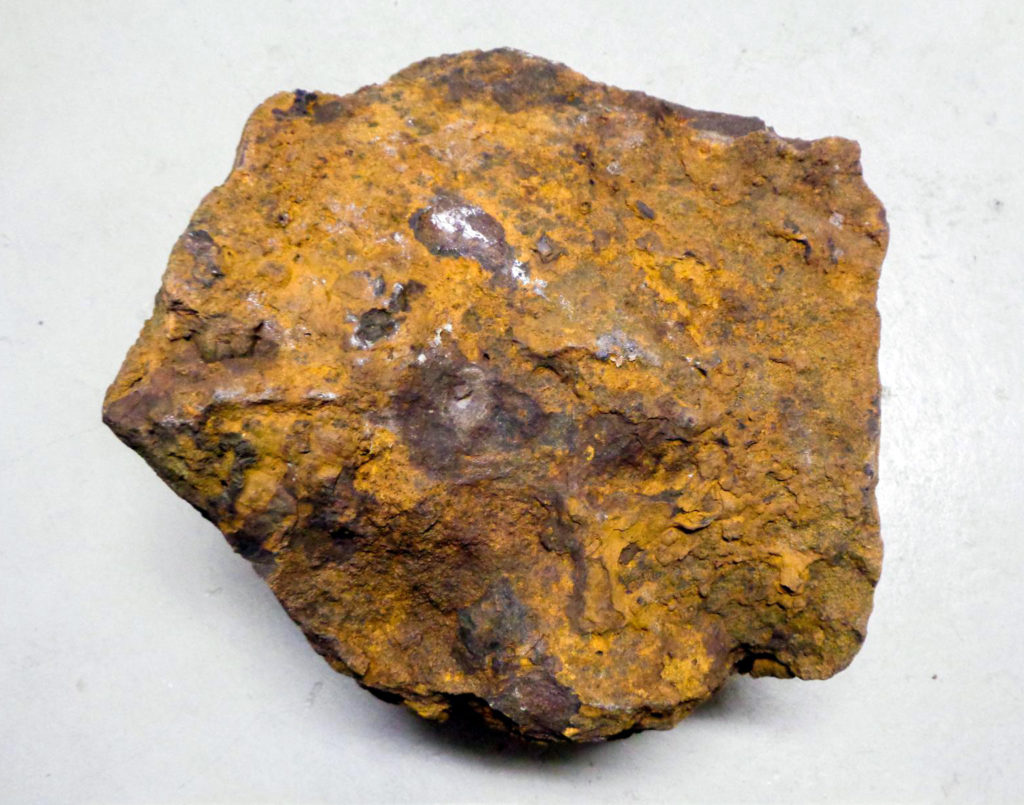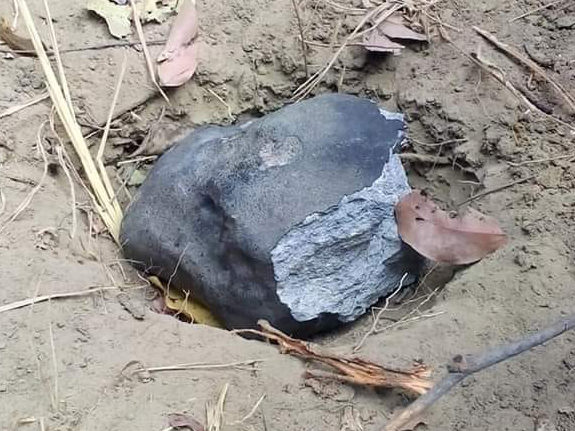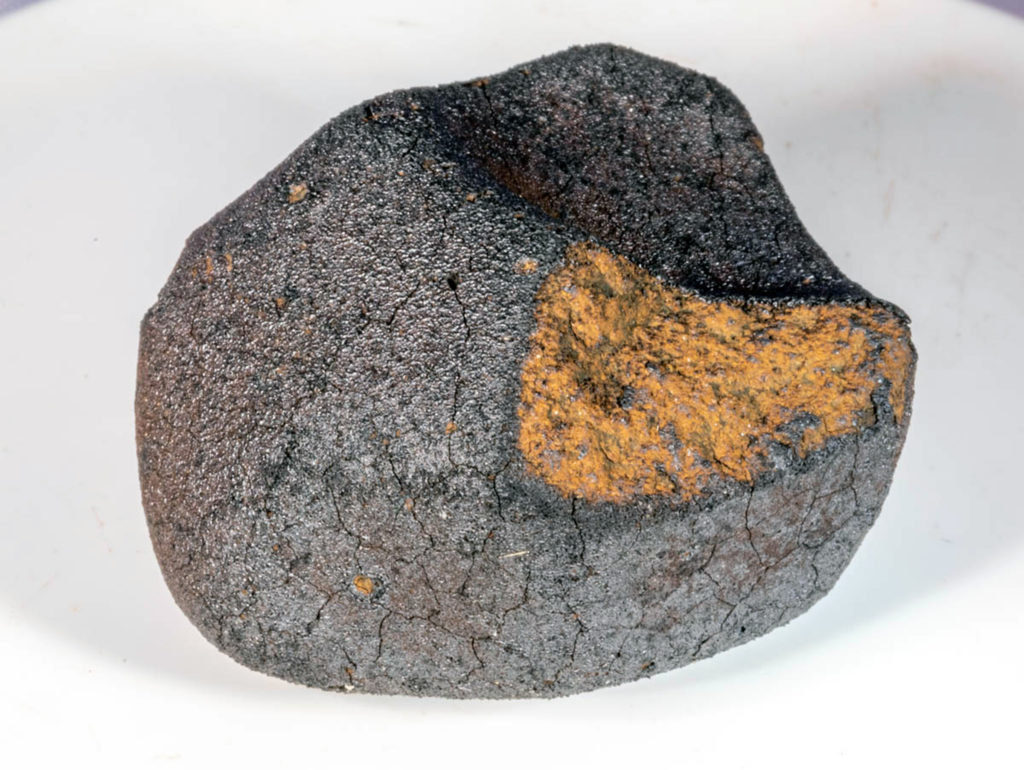Transmission electron microscopy of impact‐generated platinum group element alloys from Barberton spherule layers: New clues to their formation
Mohr‐Westheide, T. , Greshake, A. , Wirth, R. and Reimold, W. U.
Meteorit Planet Sci. . doi:10.1111/maps.13109
“The oldest known large bolide impacts onto Earth are represented by approximately 3.47–3.2 Ga old Archean spherule layers of the Barberton Greenstone Belt (BGB) in South Africa and the Pilbara craton in West Australia. These layers were recognized as impact deposits by their excessively high platinum group element (PGE) contents that are indicative of an extraterrestrial component. This was followed by measurements of extraterrestrial Cr isotopic ratios, in some cases. Recently, the extraterrestrial PGE signature in Archean spherule layers from the BGB was localized and positively associated with the presence of submicrometer PGE alloy micronuggets associated with Ni,Cr‐rich spinel. The actual formation of these platinum group mineral (PGM) phases has, however, not yet been resolved. Primary meteoritic particles from the impacting body, the products of impact melting, or condensation from impact vapor plumes have all been proposed as possible genetic process. Resolving this requires detailed microanalytical investigation of the internal microchemical and microstructural compositions, textural characteristics, and crystallographic relationships between the different phases. Here, we report the results of a first transmission electron microscopy (TEM) study of six such PGE microparticles enclosed in Ni‐Cr spinel or occurring in groundmass of Barberton spherule layers from the BARB5 ICDP drill core and from the CT3 exploration core. Results include a variety of chemical and structural PGM compositions that are difficult to explain by a single process, leading to the conclusion that several processes may have been involved in the formation of PGMs in Archean spherule layers from the BGB. There is evidence supporting formation of these PGMs by exsolution from the spinel host phase, precipitation from a melt phase, and condensation from a gas phase (of the impact vapor plume). “

